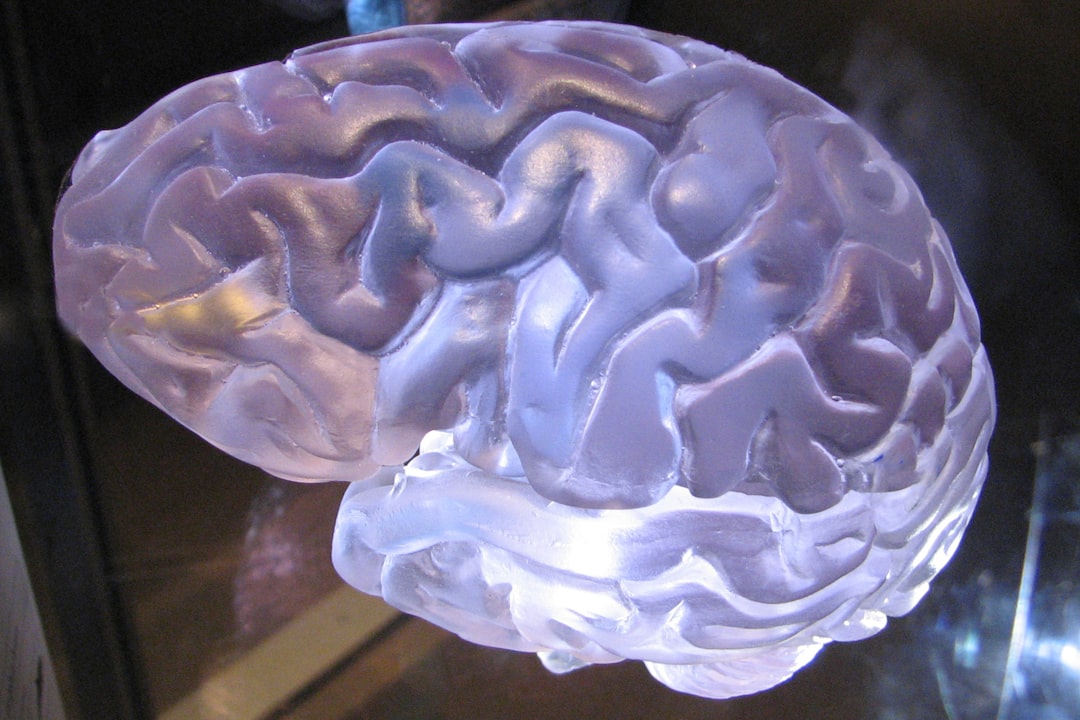What is it about?
Increased arterial stiffness is an independent risk factor for cardiovascular disease, a main causal factor of mortality worldwide. Recent studies showed acute one-legged static stretching reduces arterial stiffness in the stretched leg. However, a mechanism of static stretching-induced decrease in arterial stiffness remains unclear. As a potential mechanism of the stretching effect, a vasodilation via continuous high shear stress induced by stretching may be involved in low arterial stiffness. In the finding of this study, the stretched leg’s shear stress significantly increased from 0 to 10th sec after stretching. Additionally, the arterial stiffness after acute passive one-legged intermittent calf stretching (30 s × 6 sets) was effectively reduced in the protocols using relaxation periods of 10 s to 20 s.
Featured Image

Photo by Raimond Klavins on Unsplash
Why is it important?
Stretching is a well-known and easy exercise and is attracting attention as a new exercise to reduce arterial stiffness. Thus, the intermittent stretching protocol should use adequate relaxation time to achieve a greater shear rate and to thus obtain a greater reduction in arterial stiffness. Therefore, these findings of this study may contribute to the development of stretching and/or yoga therapies to reduce arterial stiffness.
Perspectives
Since the increase in shear rate after stretching is important, this article clarifies the relaxation period against the stretching time and shows how to obtain the effect of stretching more effectively, is great significant. This is because increased arterial stiffness increases the risk of cardiovascular disease and mortality, is a global issue. In addition, stretching is easy, inexpensive, and can be performed by people all over the world.
Yuya Higaki
Ritsumeikan Daigaku
Read the Original
This page is a summary of: Acute effects of the different relaxation periods during passive intermittent static stretching on arterial stiffness, PLoS ONE, November 2021, PLOS,
DOI: 10.1371/journal.pone.0259444.
You can read the full text:
Contributors
The following have contributed to this page










